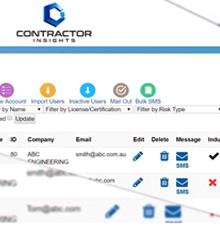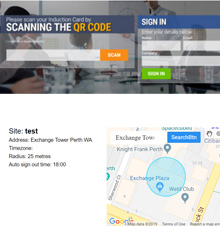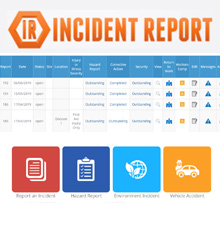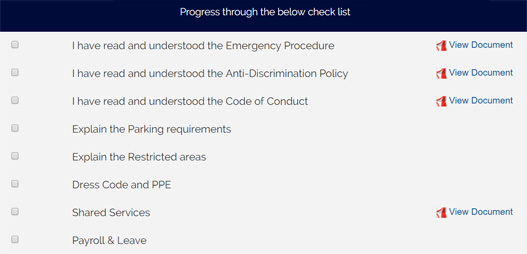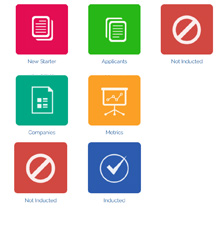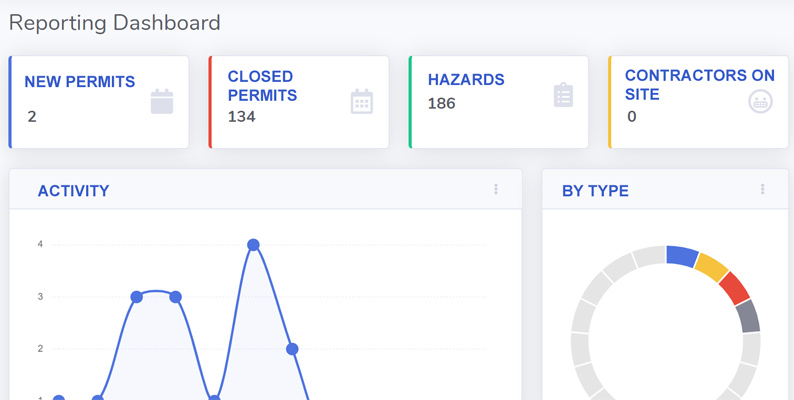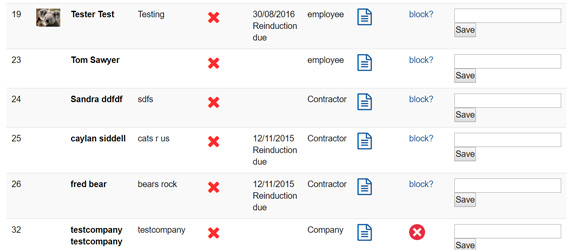Guide for setting up a Performance Appraisal System
Online Induction >> Performance Appraisal SystemPublished 27/10/2025
 Investing in a robust performance appraisal system is very valuable to the success of any organization. This is because employees who have regular performance conversations with their managers tend to be more productive and motivated in their job positions as they know their strengths and areas of improvement. So, with the ideal performance appraisal system, you make the entire process simpler and useful.
Common performance appraisal steps include design, measuring, employee involvement and feedback. See an example performance appraisal template for common components to include.
This might be an extension to your initial employee induction where you initially induct staff on what they will be appraised on as part of their performance review.
Investing in a robust performance appraisal system is very valuable to the success of any organization. This is because employees who have regular performance conversations with their managers tend to be more productive and motivated in their job positions as they know their strengths and areas of improvement. So, with the ideal performance appraisal system, you make the entire process simpler and useful.
Common performance appraisal steps include design, measuring, employee involvement and feedback. See an example performance appraisal template for common components to include.
This might be an extension to your initial employee induction where you initially induct staff on what they will be appraised on as part of their performance review.
What is a performance appraisal system and why is it important as part of your induction plan?
This is a tool used by organizations to manage the performance progress of employees to evaluate the job performance of a particular team. Performance appraisal is typically the regular review of employees' work performance and the overall contribution to the organization. Performance appraisals evaluate the employee's achievements, skills, and growth.What's the purpose of a performance appraisal system?
Generally, a performance appraisal tool is essential in the management of a particular organization's employee performance progress to evaluate the team's overall performance. This software will capture quantitative and qualitative feedback and converts them into actionable insights that you wouldn't have access to with traditional performance review methods. Thus, the quality of the team and output are improved by setting goals and monitoring them.Organizations use performance appraisals to recognize employees with a significant contribution to the organization's growth, review their progress, and reward high-achieving employees.
Performance appraisals also promote transparency. Visibility is enhanced in the entire organization. Every staff will have a clear view of the organization's goals, feedback, and ongoing projects, given that both managers and employees have access to the appraisal tool.
Regular real-time feedback usually helps an employee to recognize their strengths and weaknesses and leverage them. Thus, this facilitates the desired self-development within your employees and organization. Additionally, performance appraisals usually give workers big-picture feedback on their jobs and justify bonuses, pay increases, and termination decisions. Job performance appraisals can be conducted anytime but are often conducted quarterly, semiannual, and annually.
Types of performance appraisals
Performance appraisals are a crucial aspect of any organization's talent management process. There are various types of performance appraisals that organizations can implement to assess the performance and potential of their employees. One common type is the 360-degree feedback appraisal, which involves gathering input from multiple sources, including supervisors, peers, subordinates, and even external stakeholders. This comprehensive approach provides a well-rounded view of an individual's performance and behavior in the workplace. Another type is the graphic rating scale appraisal, where specific competencies or behaviors are rated on a numerical scale. This method allows for standardized evaluation across different employees and roles within the organization. Additionally, narrative or essay appraisals involve written descriptions of an employee's strengths, weaknesses, and areas for improvement, providing a more detailed and qualitative assessment of their performance.Organizations have the flexibility to choose from various types of performance appraisals based on their unique needs and objectives. For instance, some may opt for management by objectives (MBO) appraisals, where employees' performance is evaluated based on their achievement of specific goals set collaboratively with their managers. This approach emphasizes goal alignment and clarity in performance expectations. Another type is the forced ranking appraisal, which involves comparing employees against each other and ranking them in terms of their performance levels. While this method can be controversial due to its potential negative impact on morale and teamwork, it can also help identify high performers for recognition and development opportunities. Furthermore, the critical incident technique focuses on documenting specific examples of both exceptional and underperforming behavior to inform appraisal discussions.
Understanding the different types of performance appraisals available empowers organizations to select the most suitable approach for evaluating employee performance effectively. By considering factors such as organizational culture, leadership style, and desired outcomes, businesses can tailor their appraisal processes to drive continuous improvement and support professional growth among their workforce.
- Management by objectives (MBO)-Involves both employees and managers to determine measurable goals and outcomes. This appraisal sets out the difference between the current and predetermined standards, which is ideal for organizations focusing on a group approach.
- Performance ranking-This involves a comparison of the employees. They are ranked from the best to the worst, making it easy to see the performers and non-performers. However, the middle ones will be challenging to rank.
- 360-degree appraisal-This is a continuous process involving everybody on the staff rather than only the manager conducting reviews. This method reduces subjectivity when conducting performance reviews and considers multiple factors involved in assessing an individual's performance, making it an inclusive and dynamic method.
- Behavior-based appraisals-These appraisals provide an objective way to assess performance. They usually focus on the employee's capacity to perform a particular task, so they can be used to assess performance on quantitative jobs and decide on who should be rewarded based on their competence in that specific task.
Key features of a performance appraisal system
The ideal performance appraisal software does a lot to your organization. It helps automate the performance appraisals and facilitates regular employee feedback. Here are the significant features to look out for when choosing a performance appraisal tool for your organization:- Reporting and analytics-This dashboard provide the organization's metrics that can be used to compare performance appraisals across your workforce. Analytics significantly help you identify issues and trends and forecast future budgets. Whenever something strange happens or things fall out of place, the reporting function will notify you immediately.
- Configuration-Appraisal tools must be customizable to conform to your business style.
- Performance evaluation system-The system should automate the whole appraisal cycle and ensure timely completion.
- Integration-The software must easily connect to other HR tools to create a great user experience by streamlining all your software features.
- Compensation management-Appraisals usually aid in the compensation decision-making process. This software aligns employees' compensation appropriately according to the organizational goals and objectives.
- Deployment-The tool must be cloud-based; commonly referred to as SaaS (software as a service)
- Learning and development-This function is usually beneficial when one gets a negative review or seeks to further their education. It allows you to track employees' progress and build online courses, which significantly enhances personal development and ongoing coaching.
- Goal management-The tracking software and goal setting module easily helps employees understand their work expectations. There should be long-term and short-term goals as per the company's mission. When employees don't achieve these goals, the system records and reports that in the reviews.
Every organization's performance appraisal strategy is usually unique to its operational culture. Although it might be challenging to choose the perfect solution that connects seamlessly with all other HR processes and tools, investing in suitable performance appraisal software is beneficial to the entire organization.



